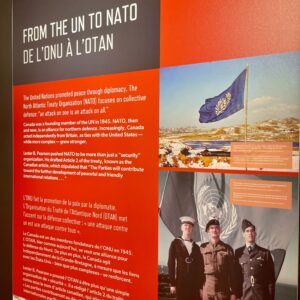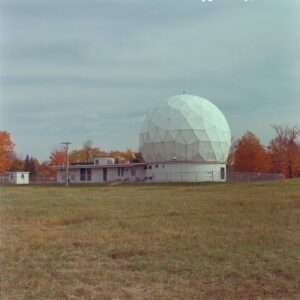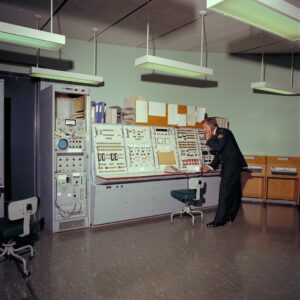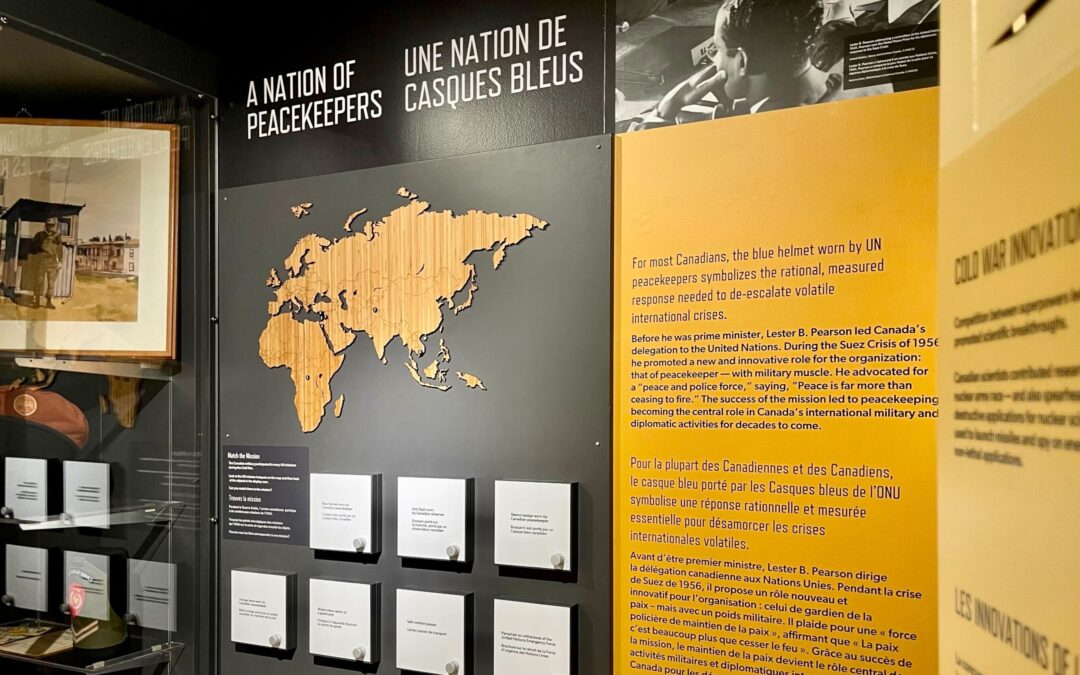The North Atlantic Treaty Organization (NATO) has been a pillar of international security and cooperation since its establishment in 1949. Today, April 4, 2024, marks the 75th anniversary of this intergovernmental military alliance that ultimately shaped the geopolitical landscape of the post-World War II era. NATO has played a pivotal role in the promotion of peace, stability, and collective defence among its member nations. As this alliance reaches a milestone anniversary, it is crucial to reflect on its historical significance and its continued goal of creating an increasingly interconnected world.
The Diefenbunker: Canada’s Cold War Museum was originally known as the Experimental Army Signals Establishment (EASE) and then as Canadian Forces Station (CFS) Carp, before becoming a designated national historic site in 1994 and museum in 1998. During its time as a military base, the Diefenbunker served as Canada’s communications hub for contact with the NATO network of countries, providing critical information to government and military officials to be able to make wartime decisions on the future of our country.

NATO satellite in Carp, Ontario. Source: Diefenbunker Museum Archives.

Canada and the Cold War exhibition at the Diefenbunker Museum.
Kilometers of buried cable connecting the Diefenbunker, the transmitter site near Perth, Ontario, and the receiver sites in Almonte and Woodlawn, Ontario allowed messaged to be communicated to the NATO network. As early as 1964, information from these transmitters was received at the EASE site via the Signal Transmit Receive And Distribution (STRAD) system on the top level of the four-storey underground site. This system was able to process up to 9,000 messages per day, permitting information and messages from NATO to be continually received. Personnel stationed at the site’s Emergency Government Situation Centre and the Federal Warning Centre used this critical information to provide situation reports to members of the War Cabinet, to inform their decisions.
In the 1970s, communications technology had evolved and moved into space. A domed satellite communications station was built near CFS Carp, which operated as a component of NATO’s Integrated Communications System (NICS) and could send and receive messages from designated terminals in other NATO countries including Canada, the United States, and England.
Canada played a significant role in NATO during the Cold War, contributing to peacekeeping efforts and missions around the world. These beginnings led peacekeeping to become a central role for Canada’s international military and diplomatic activities. Canada’s NATO involvement continues today, through providing support for initiatives aimed at promoting stability and security within the alliance and in regions of conflict.

NATO satellite in Carp, Ontario. Source: Diefenbunker Museum Archives.

NATO satellite in Carp, Ontario. Source: Diefenbunker Museum Archives.
Today, the Diefenbunker operates as a one-of-a-kind museum and national historic site. It is Canada’s most significant surviving Cold War artifact, telling stories of national and international importance. We are pleased to provide a platform for learning and strive to communicate lessons from our past to help build a more peaceful future.
Our newest permanent exhibition, Canada and the Cold War, details NATO history and other important milestones of Canada’s involvement in the Cold War. Through unique artifacts, immersive storytelling, engaging video content, and interactive activities, the exhibition presents a nuanced understanding of our history, discussing themes of achievement and tension, preparedness and fear, and Canadian identity. To celebrate the 75th anniversary of NATO, we invite you to descend into history and explore this exhibition to learn more about both Canada and the Diefenbunker’s connection to NATO.

Canada and the Cold War exhibition at the Diefenbunker Museum.
Learn more about the NATO Association of Canada and activities across the country that promote awareness of NATO and highlight the role of Canada and Canadians in supporting NATO’s united goal.
